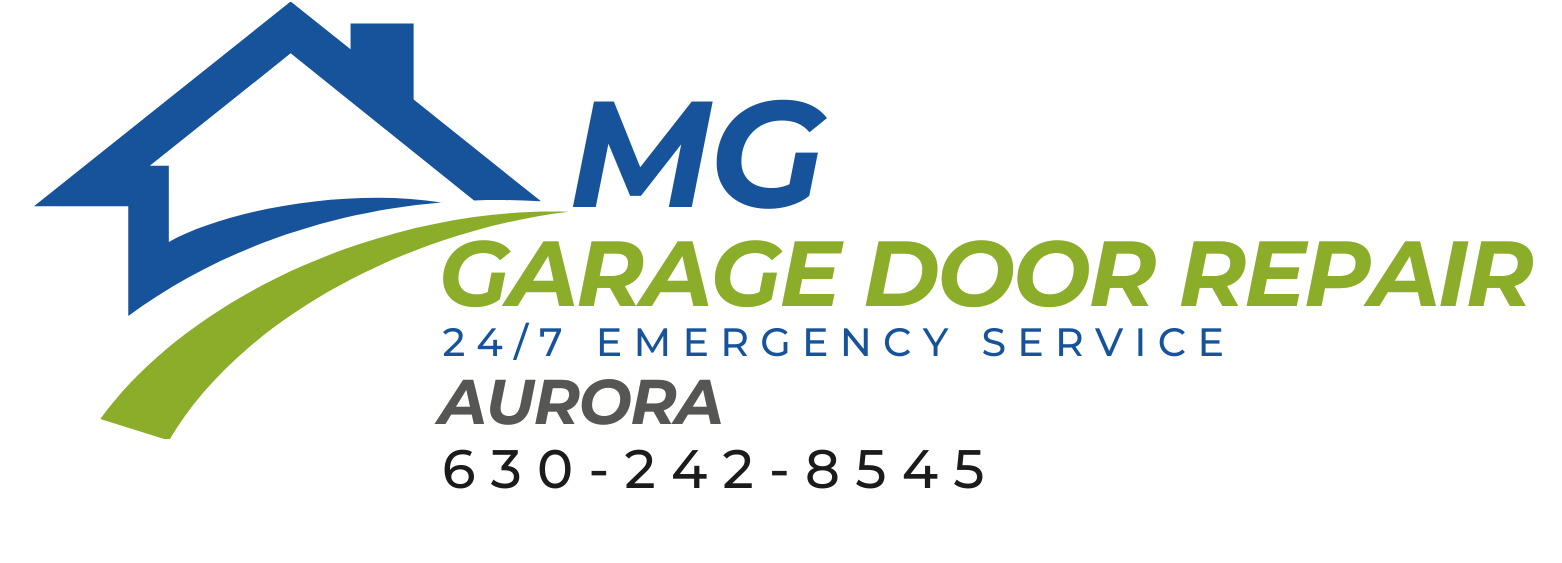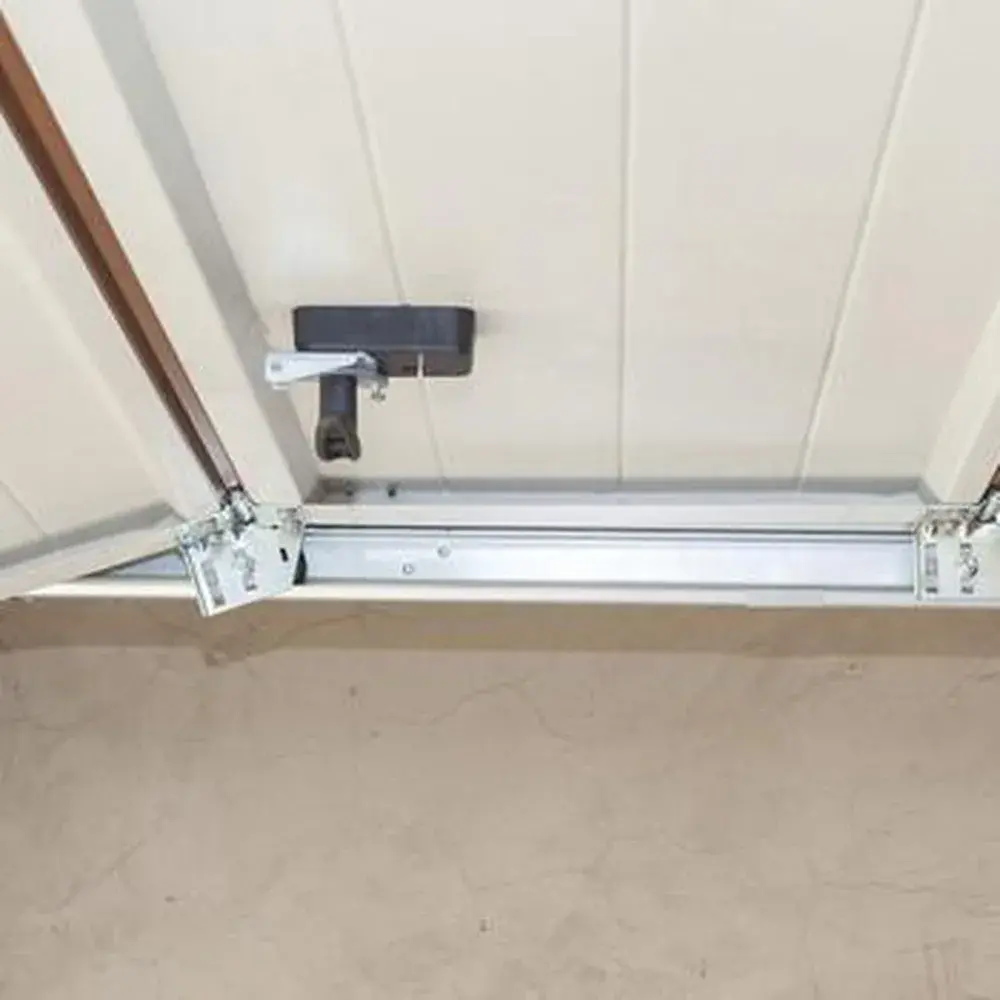Ensuring the safety and functionality of your garage door is crucial, and regular garage door maintenance plays a vital role in preventing accidents. A well-maintained garage door not only operates smoothly but also safeguards your family and property. This article explores the importance of routine checks and the key maintenance practices that can help avert potential dangers.
Essential Safety Checks
One of the cornerstone practices in garage door maintenance is conducting safety checks. These checks should focus on the door’s mechanical parts, such as springs, cables, rollers, and openers. Over time, these parts can wear out or loosen, posing serious risks. For example, worn springs or frayed cables can snap unexpectedly, causing the door to fall rapidly and potentially lead to injury or property damage. Regular inspections allow for the identification and replacement of these worn components before they fail.
Balancing and Alignment Tests
Part of routine garage door maintenance is ensuring that the door is properly balanced and aligned. An unbalanced door can strain the garage door opener and other critical components, increasing wear and leading to malfunctions. To test balance, manually lift the door halfway and let go. The door should stay in place; if it falls or rises, it indicates that the springs require adjustment. Similarly, check the alignment by observing if the door moves smoothly along its tracks without sticking or squeaking. Misalignment can cause uneven wear on parts and eventual operational failures.
Regular Lubrication and Cleaning
Lubrication is a key aspect of preventive garage door maintenance. Properly lubricating the moving parts like springs, rollers, and hinges reduces friction and wear, extending their life and enhancing overall operation. Use a high-quality lubricant designed specifically for garage doors to ensure effectiveness. Cleaning the tracks and removing debris also helps prevent the door from jamming, which is a common cause of accidents. Ensuring these components are free of rust and buildup will keep the door operating smoothly and safely.
Moreover, it’s crucial to test the garage door opener’s auto-reverse feature. This feature forces the door to reverse if it encounters an obstacle, a critical safety function designed to prevent injury. Placing a non-crucial object, like a roll of paper towels, in the path of the closing door can check this feature. If the door does not reverse upon contact, immediate attention and possible recalibration are necessary.
By adhering to a consistent garage door maintenance schedule, you significantly reduce the risk of accidents and increase the lifespan of the door. Professional annual inspections can complement your maintenance efforts, ensuring that your garage door remains a safe and reliable point of entry to your home. Regular upkeep not only protects but also provides peace of mind, knowing that every precaution has been taken to maintain the safety and functionality of your garage door system.
Learn More
DIY Garage Door Maintenance: Simple Steps to Follow
Preventive Measures: Essential Garage Door Maintenance Routines

